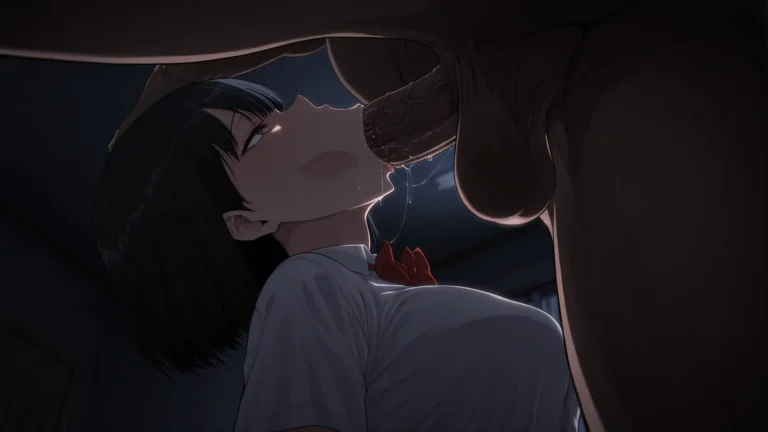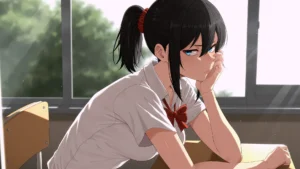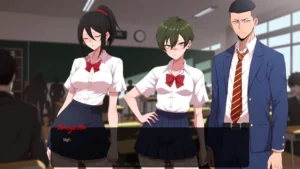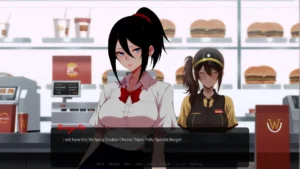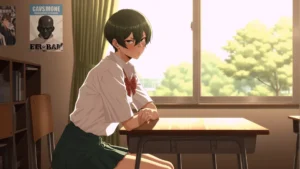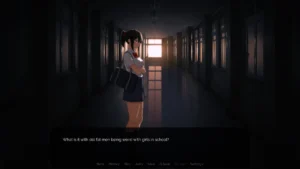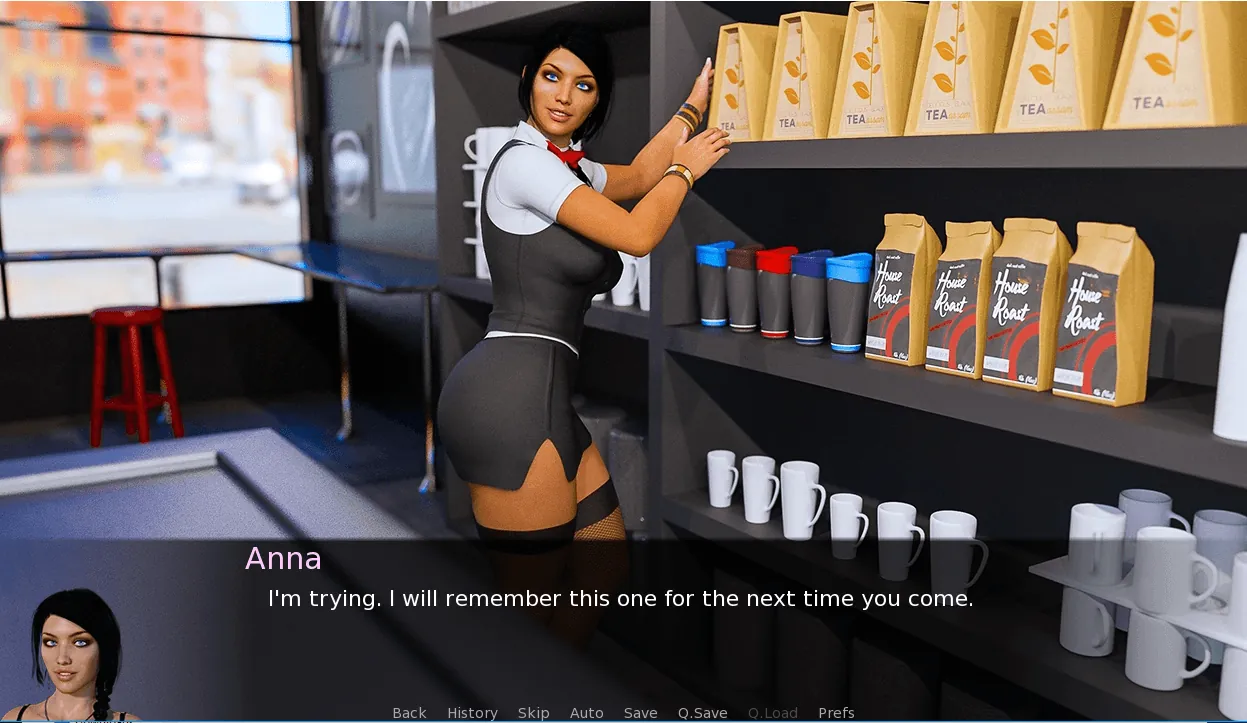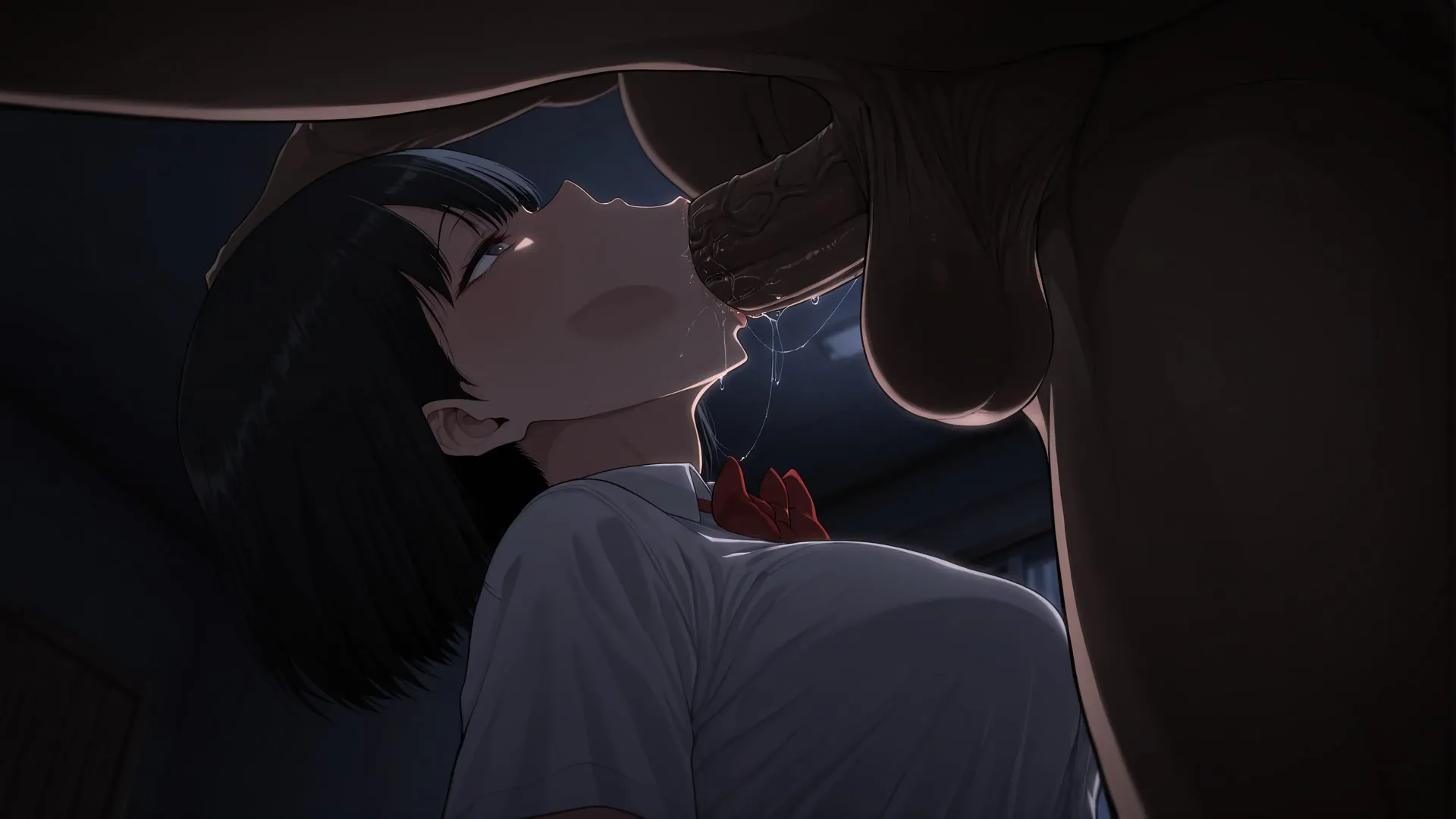
Aperture
Play Aperture
Aperture review
Exploring the gripping narrative and gameplay of the Aperture visual novel
Aperture is a compelling visual novel that immerses players in a mystery-driven story set at Hoshino Academy. Centered on Keita, a sharp-tongued yet kind-hearted student, the game explores themes of emotional turmoil and slow corruption through a gripping narrative. This article dives into the game’s plot, characters, and gameplay, offering insights and personal reflections on its unique storytelling approach and emotional depth.
Unraveling the Storyline of Aperture
Let me tell you about the first time I truly got lost in the Aperture game story. I was up way too late, the room was dark, and I’d just made a story choice that made my stomach drop. That’s the power of this mystery visual novel; it doesn’t just tell you a story, it makes you live inside its unsettling world. 😨 The heart of this experience is the slow, deliberate unraveling of secrets at the prestigious Hoshino Academy.
This chapter is all about pulling back the curtain on that incredible narrative. We’re going to dive deep into the characters and the emotional turmoil in Aperture that makes it so unforgettable. 🎭
Who is Keita? The Protagonist’s Journey
At the center of the Hoshino Academy plot is Sasaki Keita, our window into this world. When we first meet him, he seems like any other transfer student—nervous, hopeful, and trying to find his place. But the Aperture game story quickly reveals he’s more than that. He’s an observer, a young man with a quiet intelligence that makes him perfect for piecing together the academy’s puzzles.
Playing as the Keita protagonist is a masterclass in empathy. You don’t control a superhuman hero; you guide a relatable young man who gets scared, who doubts himself, and who desperately wants to protect his new friends. I remember a specific moment where Keita has to choose whether to confront a teacher or stay silent. My cursor hovered for a full minute because I felt his fear, his calculation of the social risks. That’s the brilliance of his characterisation. His journey from a wide-eyed newcomer to someone embroiled in the academy’s darkest secrets is the backbone of the entire experience.
To help keep track of the key players Keita interacts with, here’s a quick overview:
| Character | Role | Relationship to Keita |
|---|---|---|
| Sasaki Keita | Protagonist & Observer | Self |
| Daizo | Headmaster & Antagonist | Manipulative Authority Figure |
| Rin | Friend & Central Figure | Close Confidant He Seeks to Protect |
😊 👤 🎓
The Role of Daizo and the Central Conflict
If Keita is the heart of the story, then Daizo is the poison in its veins. 🐍 Understanding the Daizo antagonist is crucial to understanding the Hoshino Academy plot. He isn’t a cartoonish villain; he’s the charming, respected headmaster whose control is so subtle you almost miss it until it’s too late. His manipulation is the engine that drives the entire Aperture game story forward.
Daizo doesn’t wield a weapon; he wields influence, secrets, and the very structure of the school itself. He represents a system of corruption that is far more terrifying than any monster, because it feels real. The central conflict isn’t a physical battle; it’s a psychological war for the truth. The Keita protagonist finds himself constantly outmaneuvered by Daizo’s schemes, making every small victory feel hard-won and incredibly satisfying. This push-and-pull creates a constant, low-grade anxiety that had me questioning every character’s motives and every piece of information I uncovered.
The genius of Daizo as a character is that he makes you, the player, feel paranoid. You start seeing his influence everywhere.
Narrative Themes: Emotional Turmoil and Corruption
This is where the Aperture game story truly shines and where it becomes more than just a game. The core themes are what linger with you long after you’ve put it down. The most poignant of these is the Rin downfall. 😢 Rin starts as a beacon of warmth and normalcy in the cold, elite world of Hoshino Academy. Watching her gradual, heartbreaking unraveling is one of the most powerful narrative arcs I’ve experienced in any mystery visual novel.
Her story is a direct result of the emotional turmoil in Aperture. The game masterfully shows how pressure, secrets, and manipulation can erode a person’s spirit. It’s not a sudden switch; it’s a slow creep. You see her smile become a little more forced, her optimism wane, and her confidence shatter. As the Keita protagonist, you feel a profound sense of helplessness. You want to save her, to reverse the damage, but the Hoshino Academy plot is a machine that grinds down individuals, and you are often just a witness to the tragedy.
This emotional turmoil is amplified by the game’s slow-burn approach. Unlike stories that rush to the next jump-scare or plot twist, Aperture lets its scenes breathe. It invests in quiet moments—a conversation by the koi pond, a shared lunch that feels a little off. This pacing builds a deep, personal investment. You’re not just solving a mystery; you’re fighting for people you’ve come to care about. The corruption of the institution and the Rin downfall are two sides of the same coin, showing how systemic rot destroys individual lives.
The brilliance of this mystery visual novel is its understanding that the most terrifying monster is the one wearing a human face, and the most devastating horror isn’t bloodshed, but the loss of innocence. The Aperture game story will stick with you, not because of a shocking finale alone, but because of the harrowing, beautifully written journey it takes you on to get there. 💔
Aperture offers a deeply engaging narrative experience that blends mystery, emotional depth, and complex character dynamics. Through Keita’s eyes, players navigate a world of manipulation and moral challenges that leave a lasting impression. Whether you are drawn to intricate storytelling or character-driven drama, Aperture stands out as a memorable visual novel worth exploring. Dive into the story and discover the layers of intrigue waiting at Hoshino Academy.
